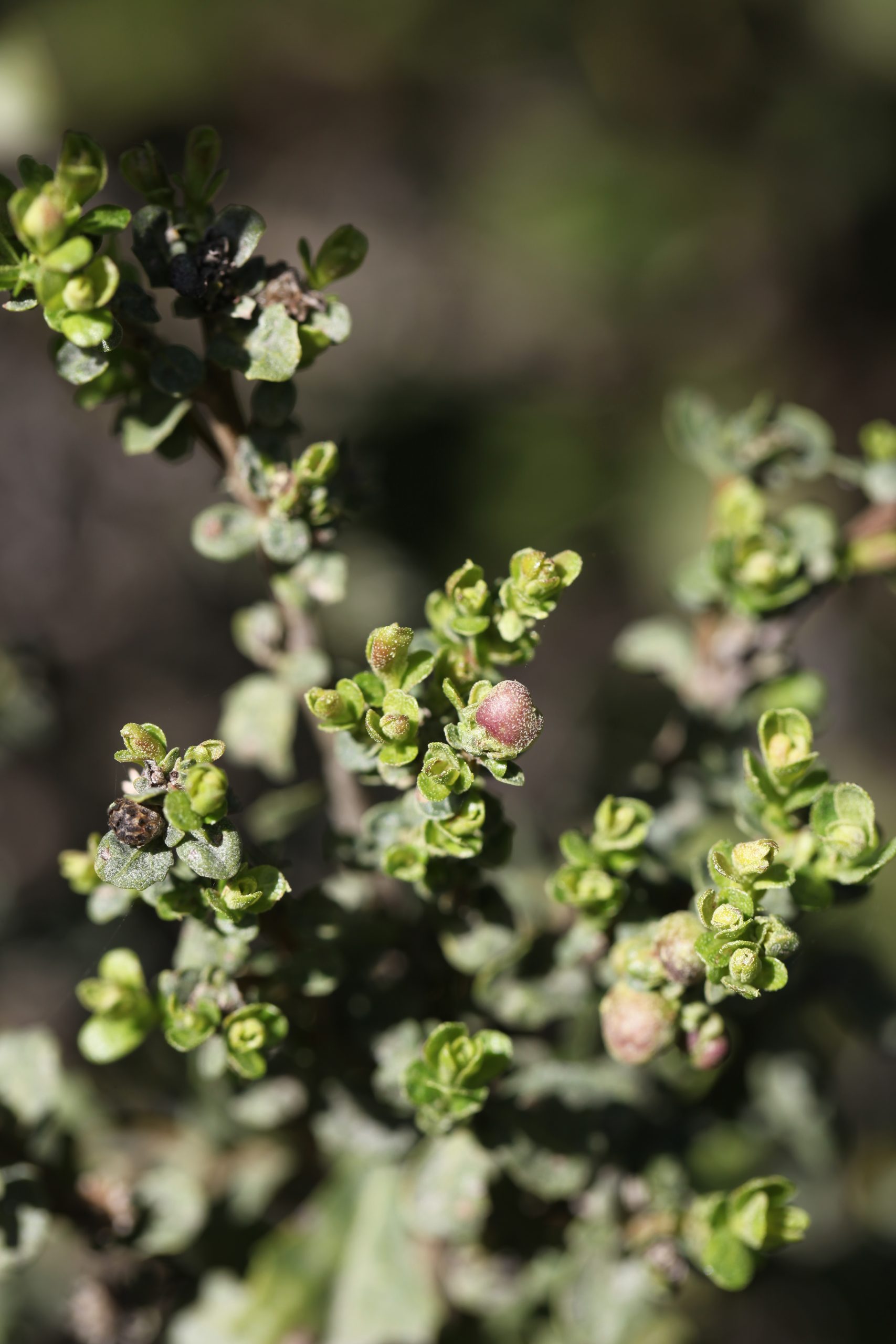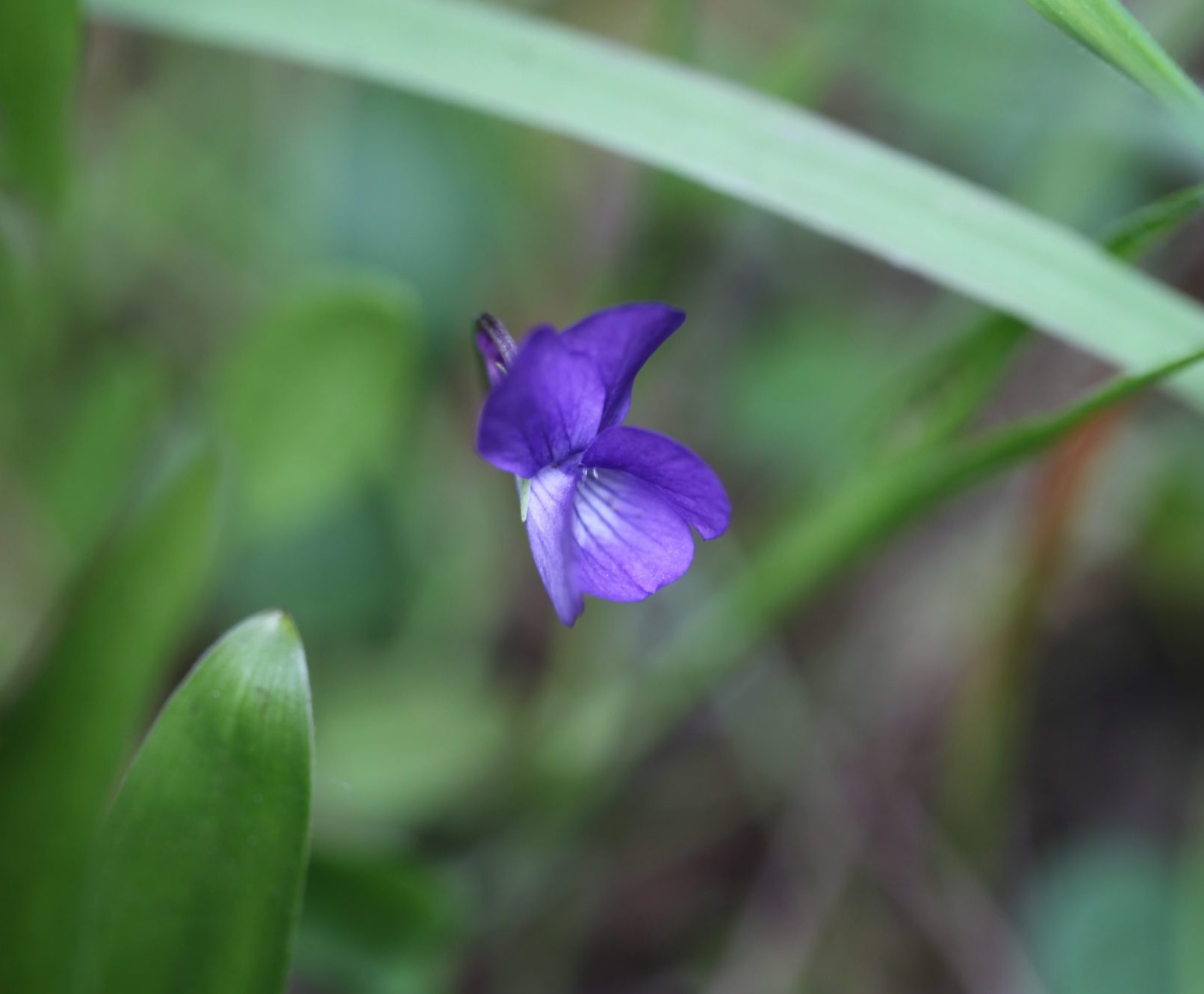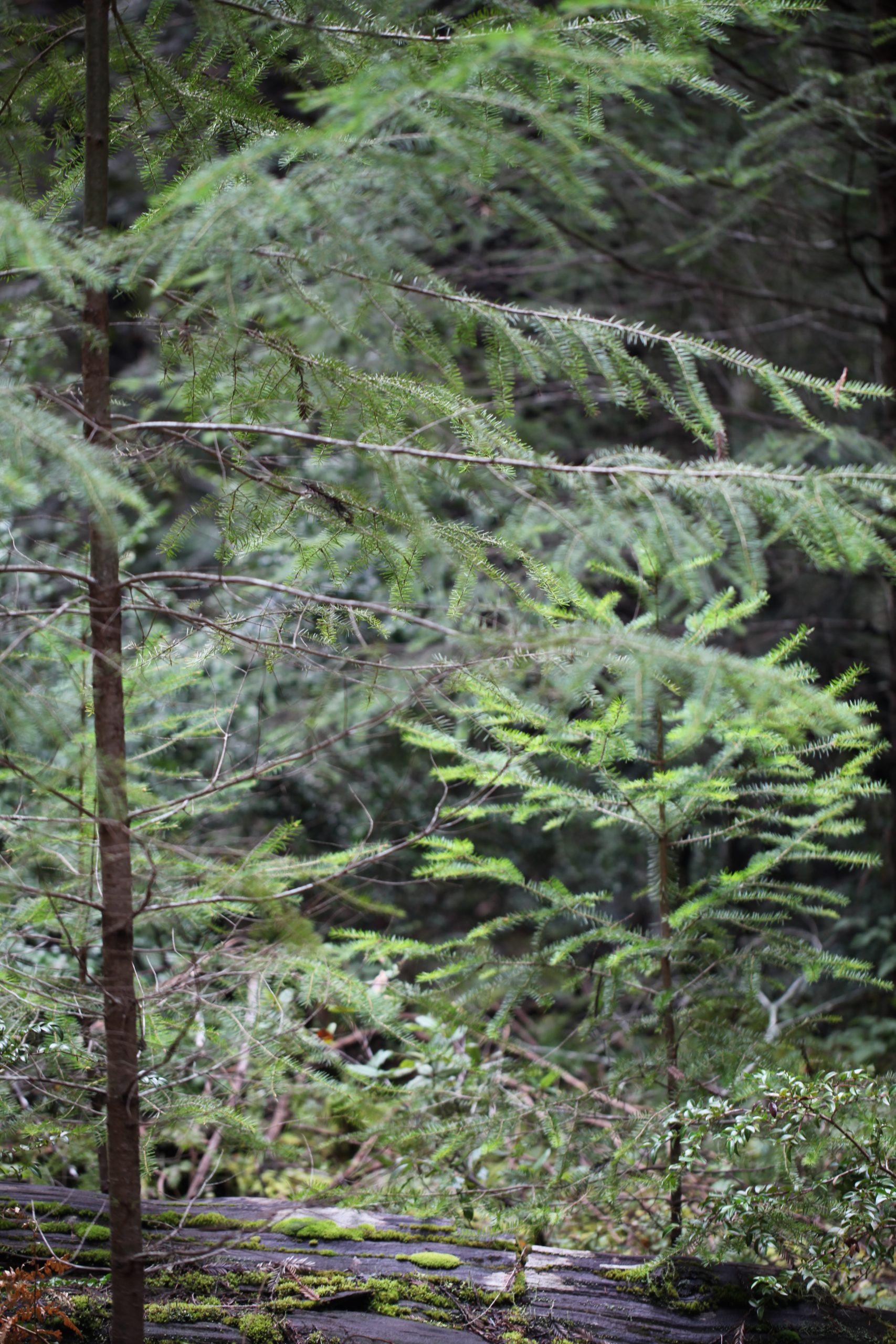Restoring Native Coastal Prairie on California’s Lost Coast
Perched on the Western-most edge of California’s coastline—what is known today as the famous Lost Coast—elk historically grazed thousands of acres of native coastal prairies. Fire regimes kept natural succession from converting the grassland into forests dominated by Douglas-fir (Pseudotsuga menziesii), relegating the iconic conifer to riparian areas and isolated pockets throughout the region.
In the early 1900s, many of these prairies were still intact, providing abundant diversity and healthy habitats for species throughout the food web. Then the area began to experience dramatic land changes. Sheep grazing practices, while maintaining much of the natural prairie structure, decreased the diversity of natural species and introduced non-native annual species via imported feed. Later, tanbark harvesting and logging further reduced the natural diversity and threatened the well-being of the area.
And then the late 1980s arrived. An even greater ecosystem threat reared its head when fire suppression was enforced throughout the region. Unleashed from its hidey-holes in the drainages, the Douglas-fir marched into newly available and abundantly moist open areas. No longer beaten back by a fiery force, the conifer began a rapidly expanding encroachment. Within a decade, Douglas-fir dominated the coastal prairies.
The Mattole Restoration Council (MRC) was established in 1983 to address some of the concerns faced in the Mattole Watershed as a result of these land use changes. The non-profit MRC partners with local, state, federal, and non-governmental agencies to improve ecosystem health. Many projects have been implemented across the watershed, including here in the King Range National Conservation Area (KRNCA) near the Northern trailhead for the Lost Coast Trail on the precipice of the Pacific.
In 2008, the MRC partnered with the Bureau of Land Management (BLM) to instigate removal of encroaching Douglas-fir and coyote brush (Baccharis pilularis) and replanting with native species—particularly the perennial native bunchgrass species that previously had free reign over these rolling prairies. One such bunchgrass, known as Cape Mendocino reed grass (Calamagrostis foliosa), is endemic to the KRNCA and neighboring Sinkyone State Park—native exclusively to this secluded coastal community. This charismatic bunchgrass will make folks think twice about the grasslands that they generally see as an amorphous expanse of green. Clinging to cliff sides and waving cute fluffy flowers, it tests the limits of exposure and root-to-soil ratios while nestling in the heart of any true plant lover.
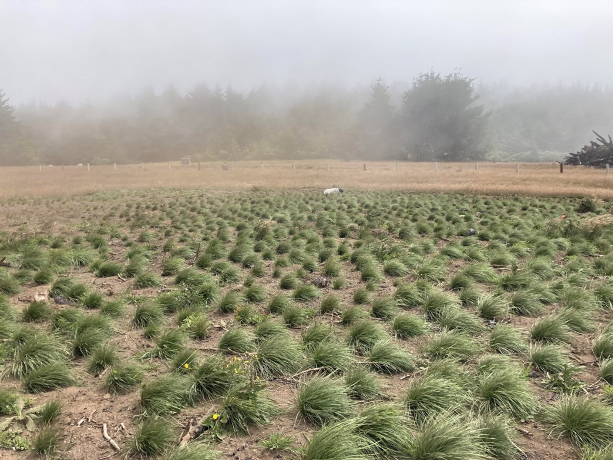
Another notable species in this area is western dog violet (Viola adunca), a native prairie-dwelling purple or white violet that grows low to the ground and can withstand the harsh coastal conditions of wind-blown bluffs. Despite its common name, this species is found throughout the U.S. It is the state flower of four states (Rhode Island, New Jersey, Wisconsin, and Illinois), is endangered in two states (Massachusetts and Connecticut), and is the host species of three federally endangered butterflies.
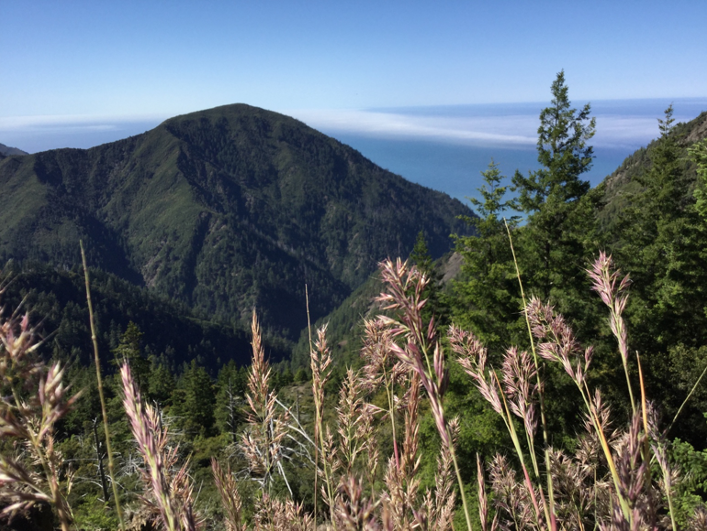
The MRC has achieved some incredible restoration on the Prosper Ridge area and throughout the KRNCA prairies since the project began in 2008. Encroached Douglas-fir and coyote brush have been removed from 350 acres, more than 300 large burn piles (each roughly the size of a single family home) have been burned, and over 260,000 native plants and 1,500 pounds of native seed have been installed. As part of an ongoing effort, the MRC looks forward to increasing its involvement with the local indigenous tribe (the Bear River Band of the Rohnerville Rancheria) and implementing prescribed fire, to ensure that these luscious coastal prairies provide for local populations for generations to come.
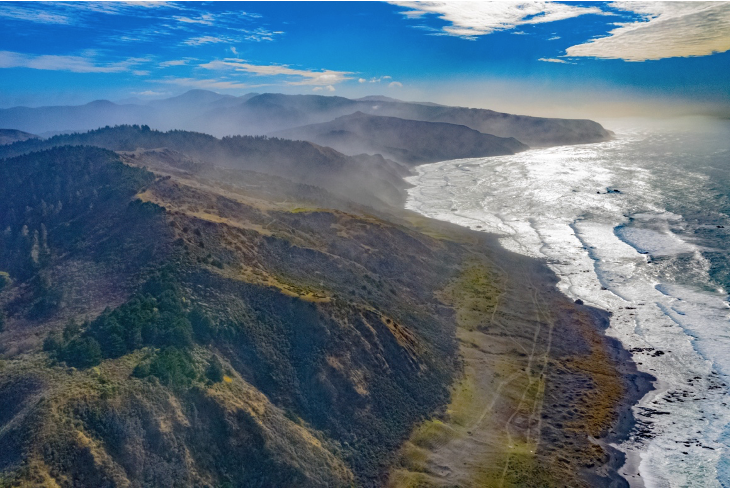
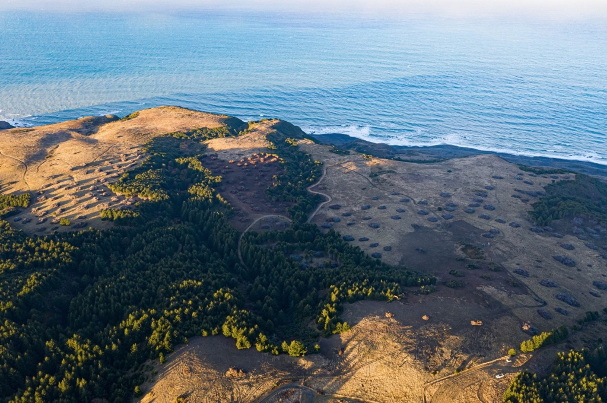
To learn more about the MRC and coastal prairie restoration efforts, as well as our native plant nursery and native seed farms, visit www.mattole.org or follow us on Instagram.com/mattolerestorationcouncil.
